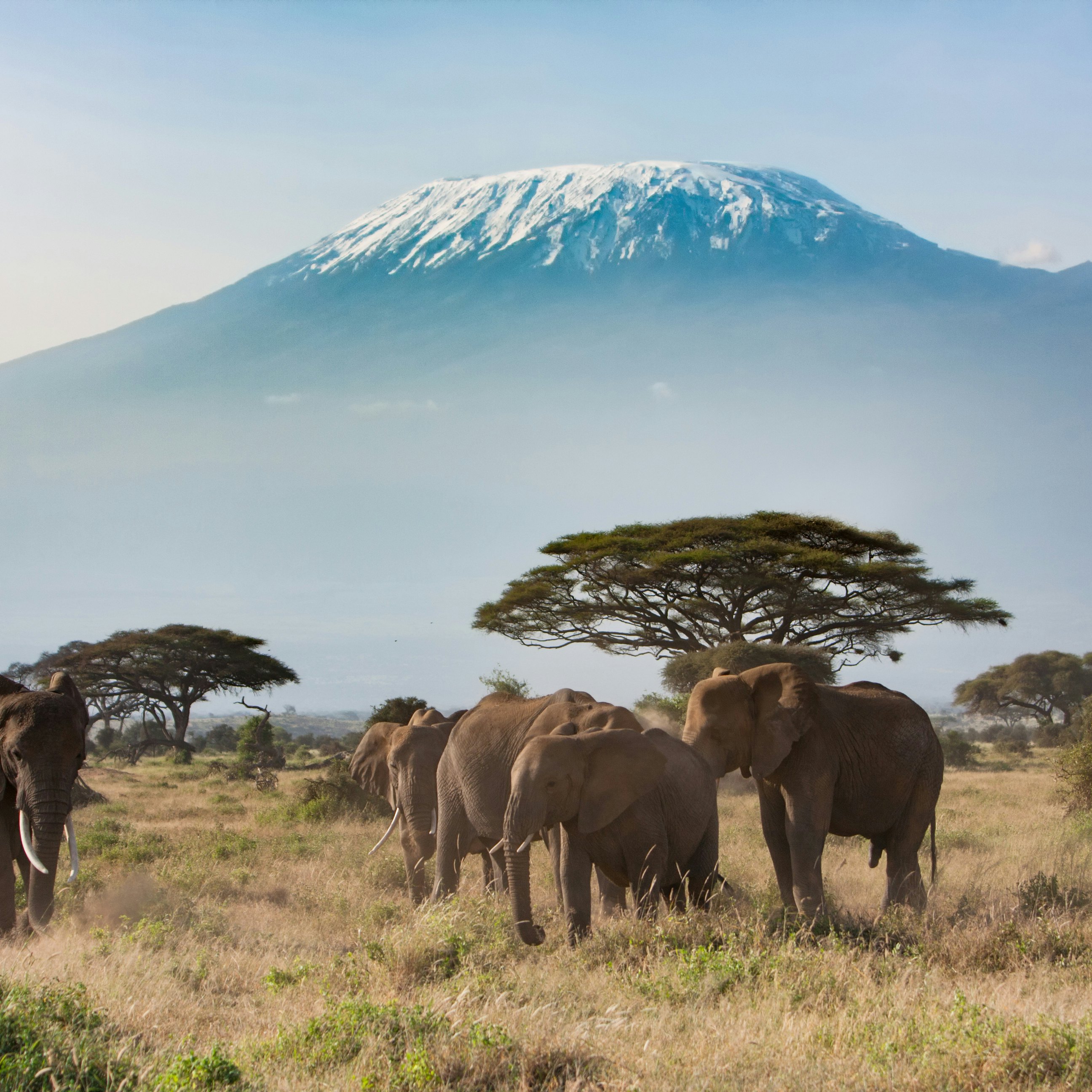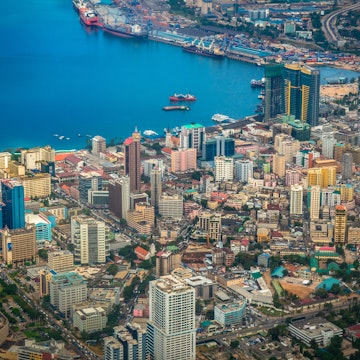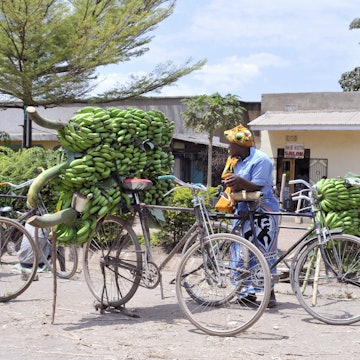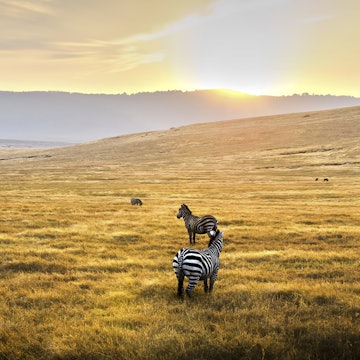
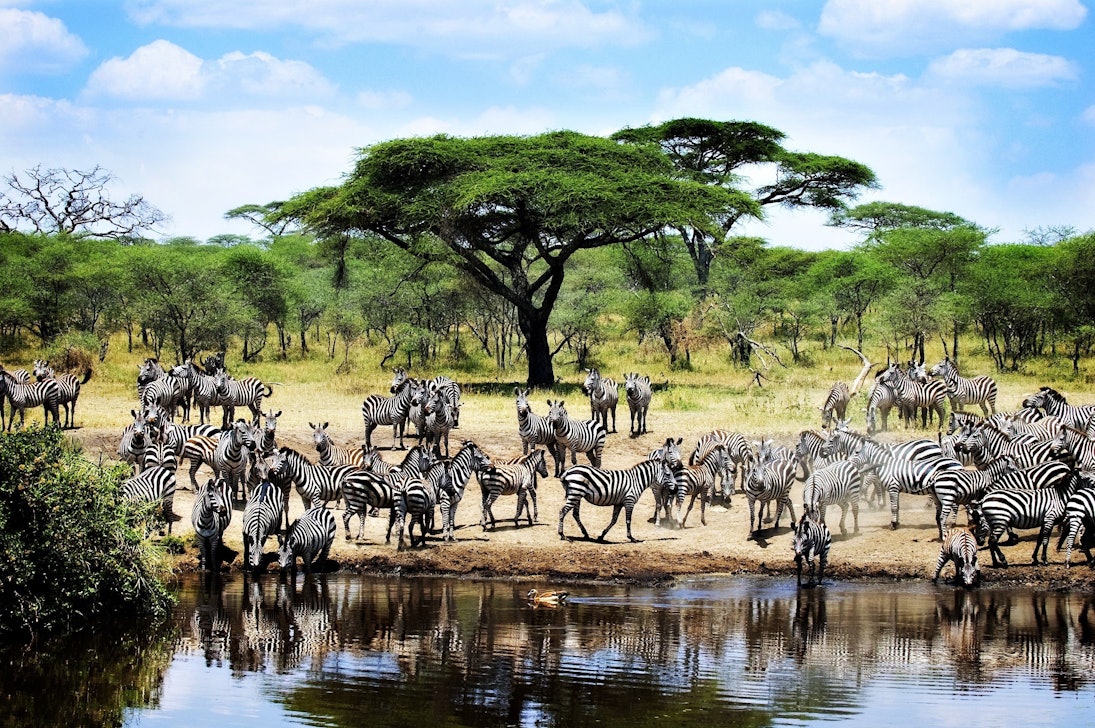
©Lockenes/Shutterstock
Overview
Wildlife, beaches, friendly people, fascinating cultures, Serengeti, Mt Kilimanjaro, Zanzibar Archipelago - Tanzania has all these and more wrapped up in one adventurous, welcoming package.
Leave the planning to a local expert
Experience the real Tanzania. Let a local expert handle the planning for you.
Must-see attractions
Planning Tools
Expert guidance to help you plan your trip
Best Things to Do
You’d need a lifetime to explore all Tanzania has to offer, but our list of top things to do is a great place to start.
Read full article
Best Places to Visit
From the wildlife-filled plains of the Serengeti to the beaches of Zanzibar, these 13 places show off the best of Tanzania.
Read full article
Best Time to Visit
From the peak seasons for wildlife to the best weather for climbing Kilimanjaro, here are the top times of year to visit Tanzania.
Read full article
Things to Know
From timing your trip to see the great migration to knowing how to say hello in Swahili, here are the things you should know before going to Tanzania.
Read full article
Transportation
From the Serengeti to the Spice Islands, it's easy to get around Tanzania by bus, train, boat, and plane.
Read full article
Visa Requirements
From safaris and spice islands to beaches and mountains, Tanzania is the whole East Africa package. Here's what you need to know about getting a visa.
Read full article
Money and Costs
This guide to daily costs, along with some money-saving tips, can help you stretch your budget further on safaris, hotels and beach trips in Tanzania.
Read full article
Traveling with Kids
From wildlife safaris and cultural immersion to days snorkelling off the coast, Tanzania is one of the best places for an unforgettable family adventure.
Read full article
Best Road Trips
Discover the best of Tanzania's landscapes and wildlife with a 4WD, a local driver and this guide to the country's top driving routes.
Read full article
Get a book. Get inspired. Get exploring.
in partnership with getyourguide






